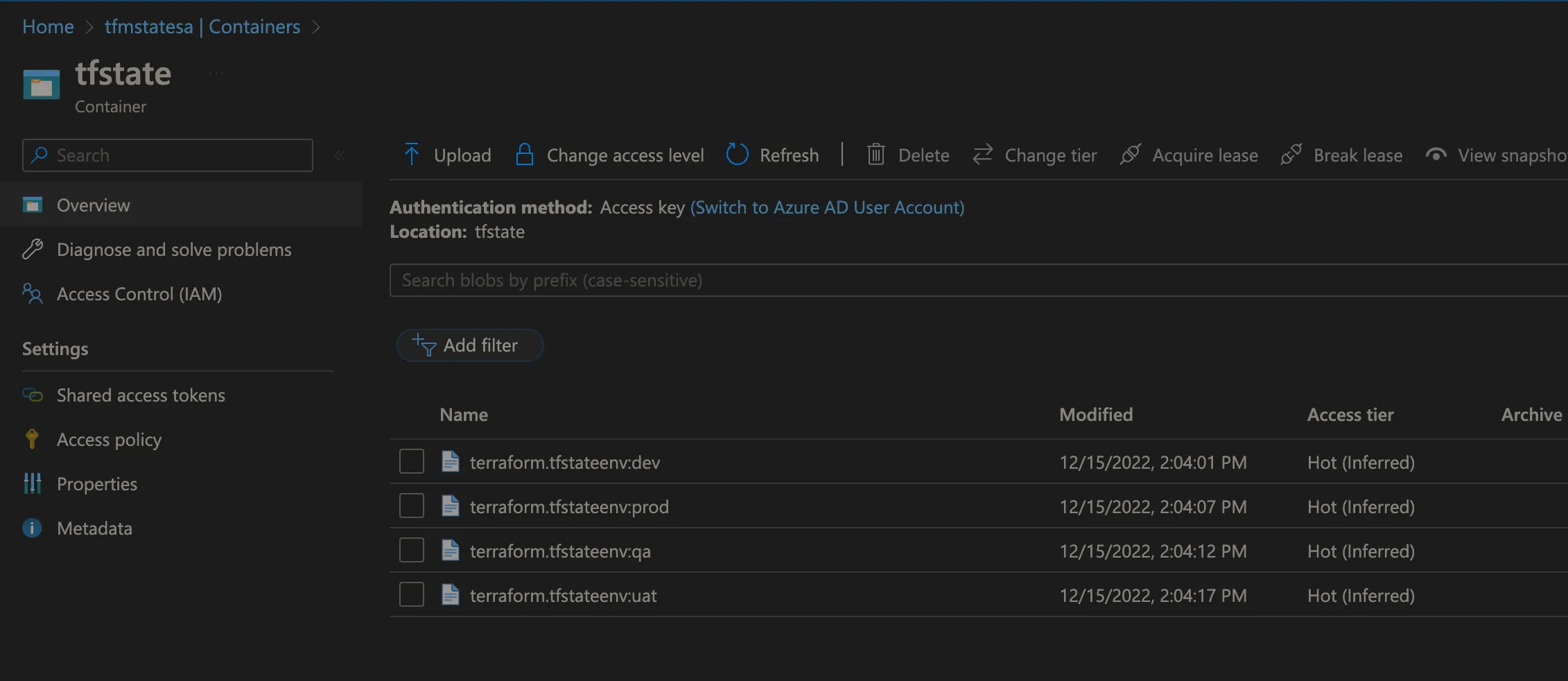Terraform Workspaces
If you are working with Infrastructure as Code, you probably don’t want to deploy new changes directly to your production environment. It’s better to deploy into a dev environment that won’t affect your end users’ experience. Enter Terraform Workspaces.
A common use for multiple workspaces is to create a parallel, distinct copy of a set of infrastructure to test a set of changes before modifying production infrastructure.
Terraform always creates a default workspace
$ terraform workspace list
* defaultCreating and using a workspace is simple.
$ terraform workspace new dev
Created and switched to workspace "dev"!
You're now on a new, empty workspace. Workspaces isolate their state,
so if you run "terraform plan" Terraform will not see any existing state
$ terraform workspace list
default
* devSwitch to a different workspace:
$ terraform workspace select prod
$ terraform workspace show
prodEach workspace has it’s own state file:
$ ls terraform.tfstate.d
dev prodIf using Azure Blob Storage for Terraform Backend, you can see the different state files.

$ terraform workspace list
default
dev
prod
qa
* uatYou can then create a .tfvars file for each workspace.
vars
├── dev.tfvars
├── prod.tfvars
├── qa.tfvars
└── uat.tfvarsThen use the var file corresponding to the current workspace:
$ terraform plan -var-file=./vars/$(terraform workspace show).tfvars
No changes. Your infrastructure matches the configuration.
Terraform has compared your real infrastructure against your configuration and
found no differences, so no changes are needed.Terraform workspaces can help you organize your Terraform project. That’s all there is to it.